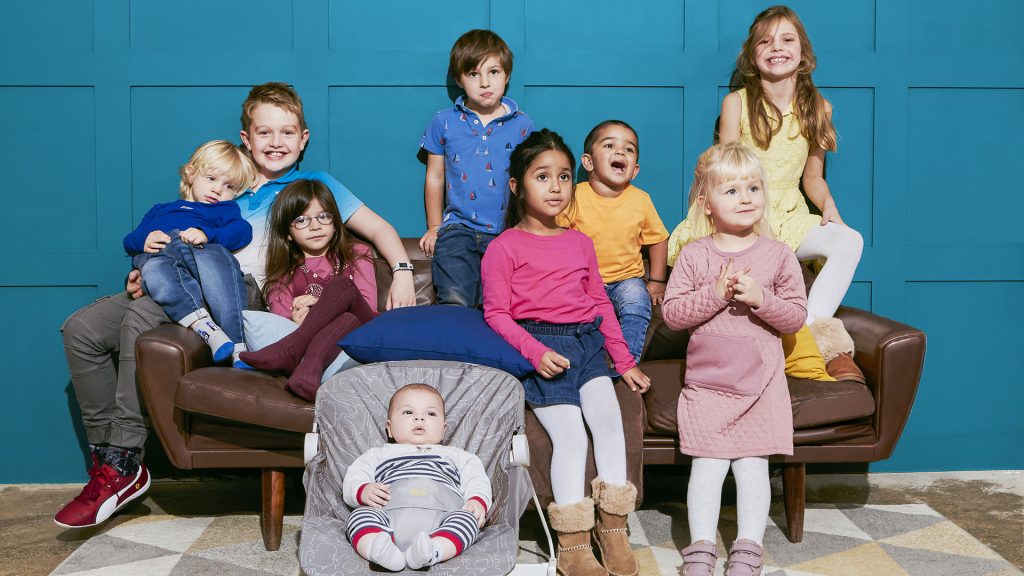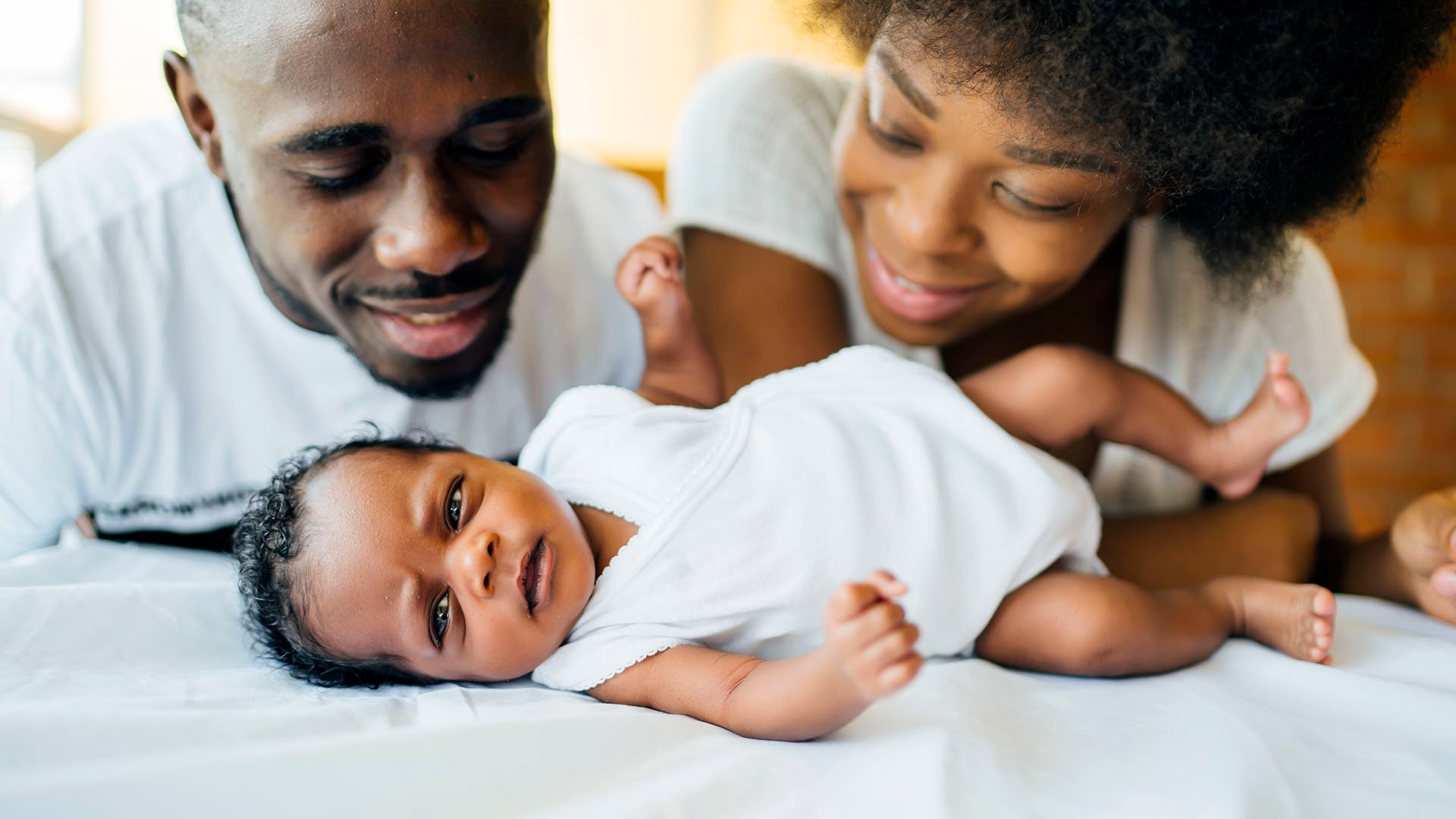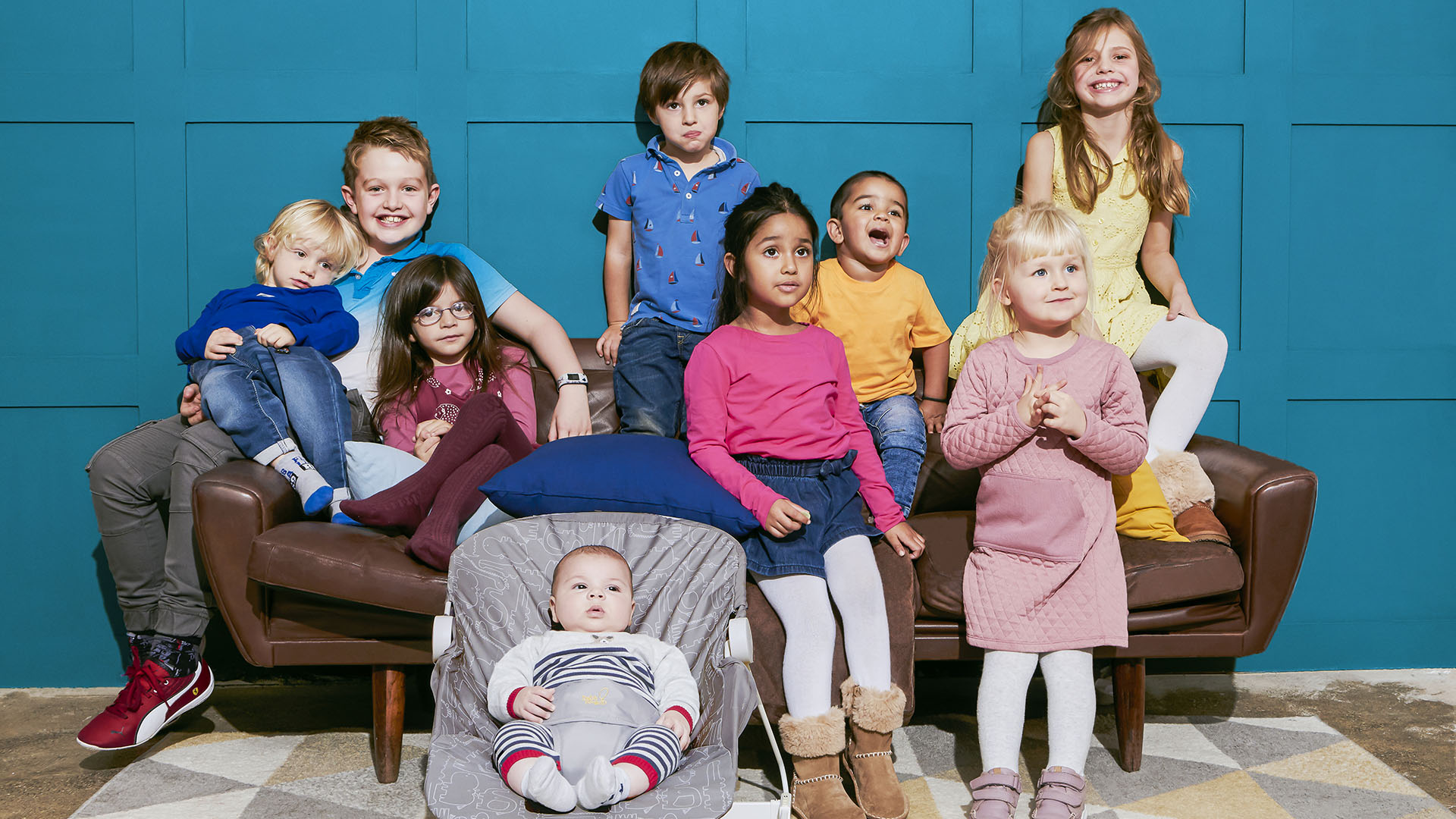
The rise of ebabies and the online family
A report commissioned by eharmony in collaboration with Imperial College Business School predicts the effect online dating will have on the way people meet, date and have children over the coming years. Within 20 years, ebabies – babies born to parents who met online – will be more common than babies born to couples who met by traditional means. Meeting online will increasingly be the norm, with projections pinpointing 2035 as the year when more couples will meet online than in real life.
This is according to the fifth iteration of eharmony and Imperial College Business School’s Future of Dating report. MBA students from Imperial College used new eharmony research, alongside demographic and population growth projections, to examine the impact of technology on how we will find love in decades to come.
When will most babies be born to people who met online?
Using eharmony data and projections from current ONS birth rates, researchers pinpoint 2037 as the year when more than half of babies born will be born to online couples. Furthermore, by 2030, four in 10 babies born will be ebabies.
The report also considers current trends, finding that just shy of 3 million ebabies have been born since the turn of the millennium. Over a third (35%) of online couples who had a baby, did so within a year of meeting – indicating that technology may accelerate the pace of couples’ relationships. Couples who meet online most commonly have two children – with almost one in five welcoming this number of ebabies to the family (18%). Men are also more likely than women to have children with a partner they met online (42% v 33%) – however this is likely due to men’s ability to father children later in life.

Defining the ‘tipping point’
In the second part of their report, the Imperial team predicts the year when more couples will meet online than offline. Using a combination of ONS data and statistical probabilities, they conclude that 2035 will be the so-called “tipping point”, when just over 50% of relationships will begin online. This growth in online dating has accelerated over the past few years, with almost a third of relationships started between 2015 and 2019 starting online (32%). This is almost a 68% increase on the period between 2005 and 2014 (19%). Interestingly enough, whereas in the late 70s and early 80s one in five couples met in the pub, nowadays just one in 14 do so (22% v 7%).
How UK couples met between 2015-2019
Making matches online
Further research also reveals almost half of Brits believe online dating allows for better matching, with 46% agreeing that it is easier to find someone compatible. Online dating has given more Brits the confidence to date, too, with 47% of those surveyed agreeing that the Internet makes it easier for introverted people to meet a partner.
It’s very rewarding to see that so many families originate from online dating. Furthermore, data suggests that on average 15 eharmony babies are born in the UK every day, and we look forward to seeing that trend rapidly increase as more people see the value of joining a platform that specialises in compatibility and lasting relationships. The digital world has streamlined the online dating process – making it easier to find someone while ensuring that they match your criteria. 2035 will be an instrumental year for finding love, and begin a new era of twenty-first century dating.

15
eharmony babies are born in the uk everyday (on average)